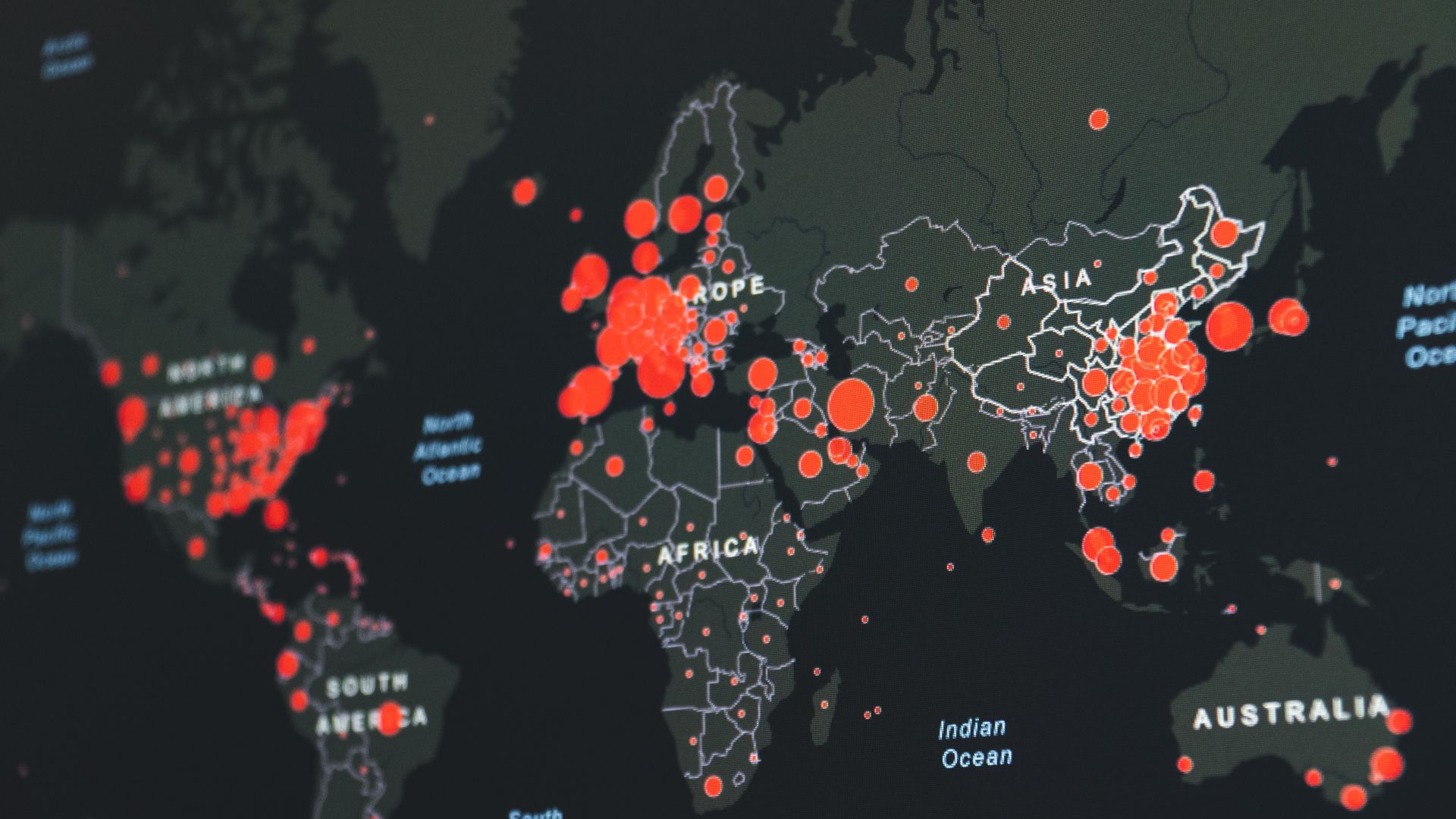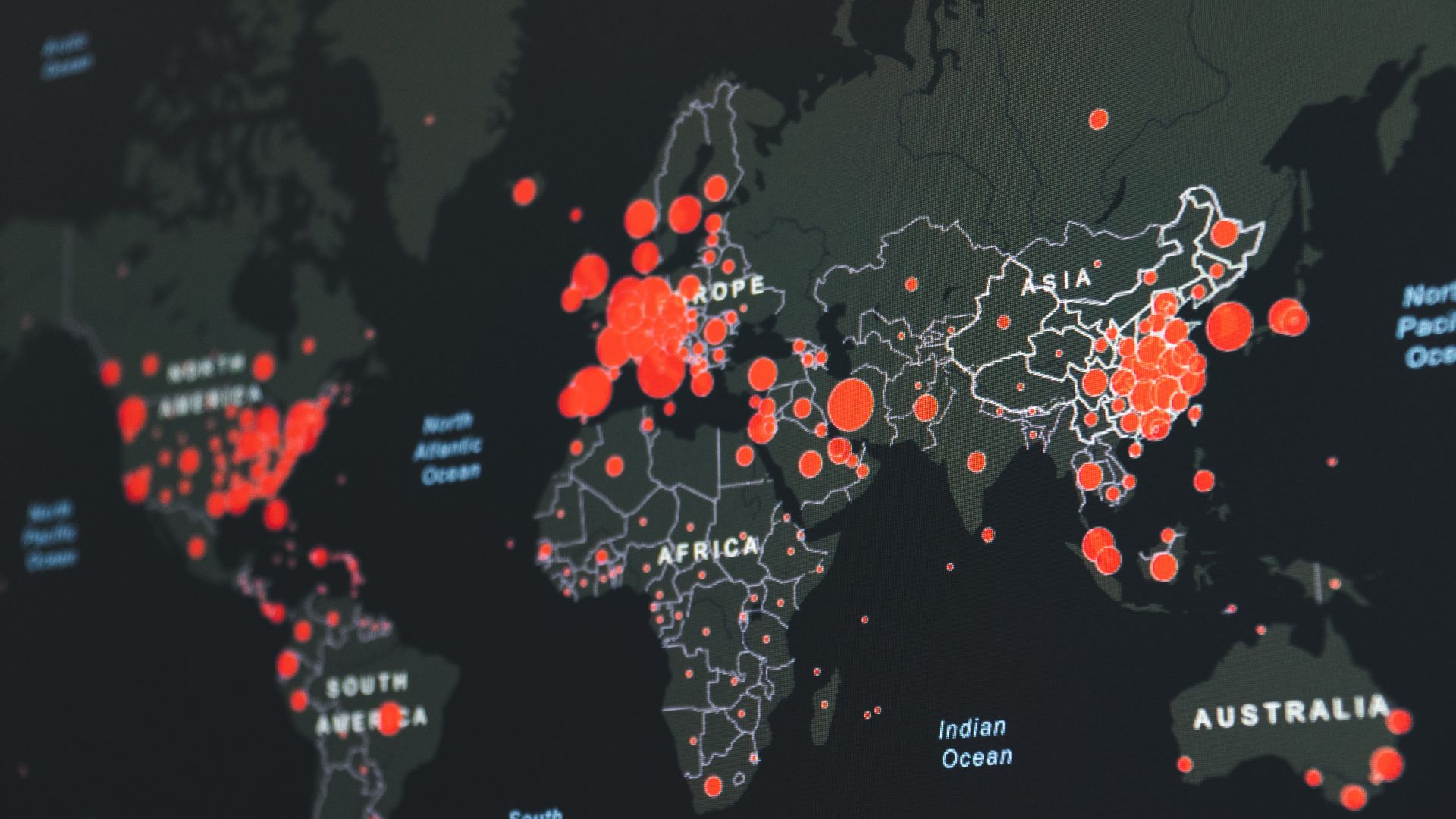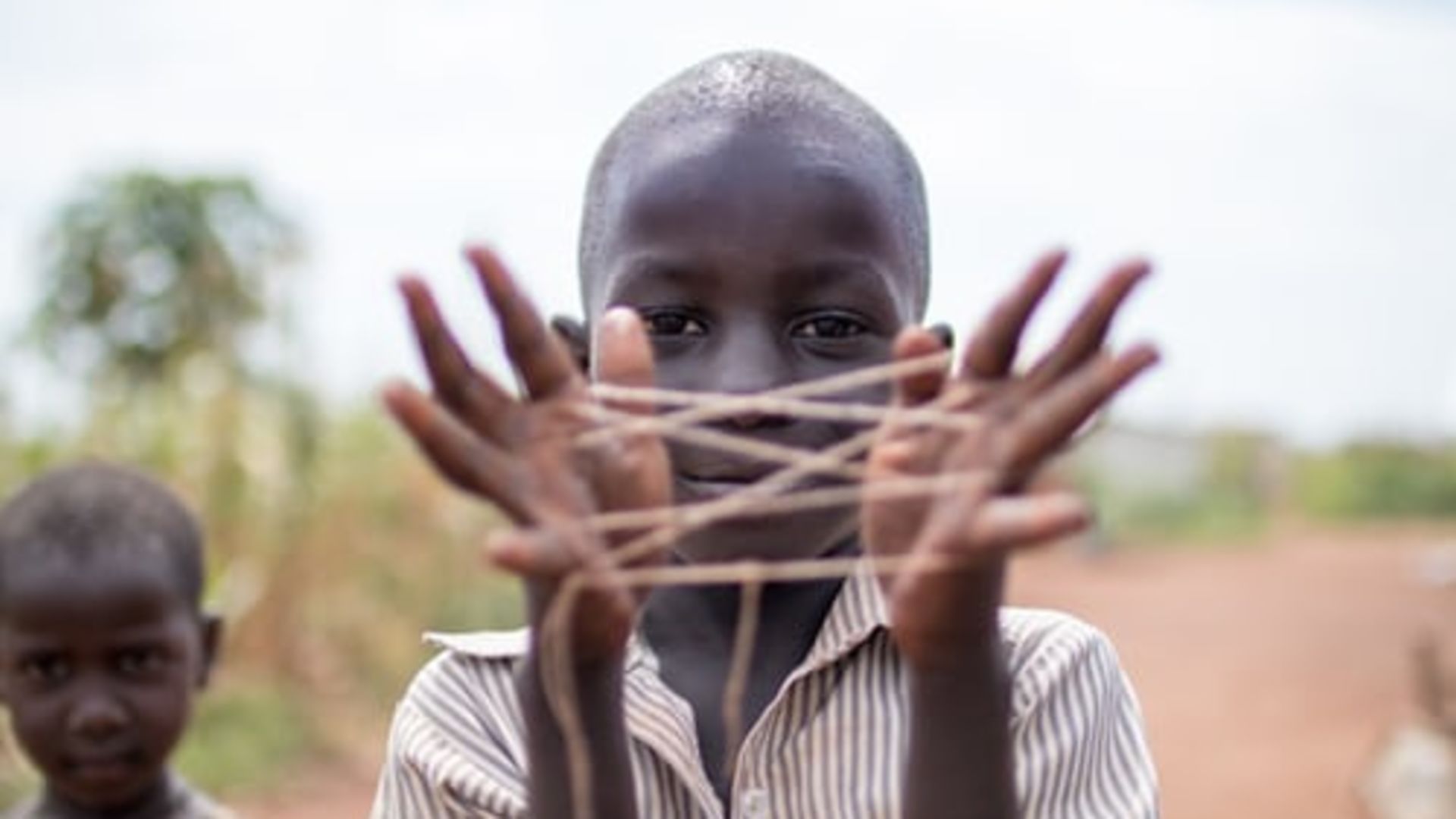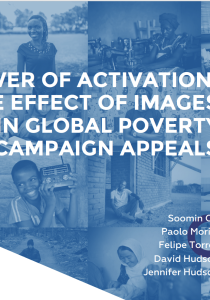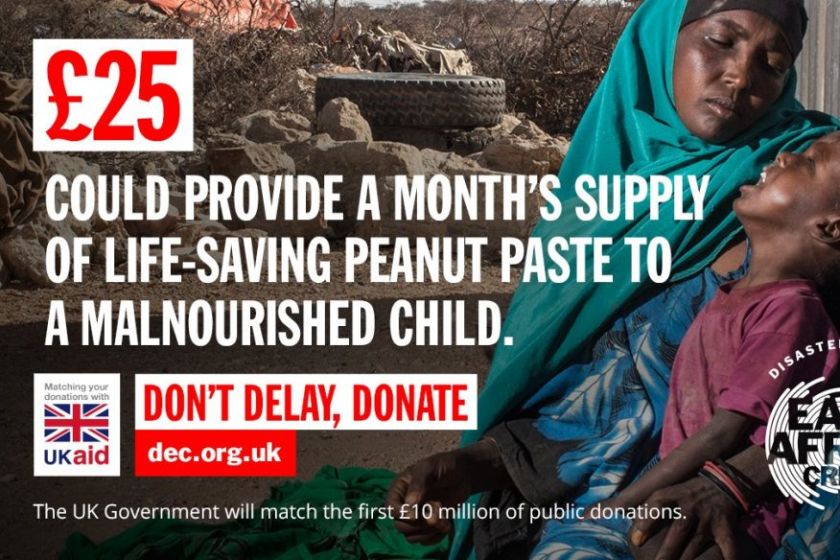
In March 2017 nearly 23 million people in Ethiopia, Kenya, Somalia and South Sudan were facing an escalating crisis of conflict, drought and starvation. In response, the Disasters Emergency Committee (DEC) launched its East Africa appeal on 15 March. It had the usual range of celebrities to raise the profile of the appeal, from Keira Knightley to Sir Mo Farah, who was of course born in Somalia. The DEC’s chosen tagline ‘Don’t delay. Donate.’ proved effective. The appeal raised £12m in its first day. Even the Queen donated.
In six months, the appeal raised £60million, with an extra £5million from UK Aid Match. The money raised by the appeal allowed the 13 DEC member charities to provide assistance to almost 2.5 million people. An independent review concluded that that the money raised and the way the response was delivered helped avert a famine of the type last seen in 2011-12.
There is little doubting the worthiness of the cause and the severity of the crisis. And to be clear, raising money is great. Using it well is brilliant. But, even so, there has been some disquiet around the imagery used, with some labelling it ‘poverty porn’. Indeed, humanitarian campaigns have long been criticized for the tendency to use negative, degrading and disempowering imagery; often presenting the problem in a decontextualized way, and appealing to a politics of pity rather than true justice; and ultimately being self-absorbed, playing on a sense of a powerful giver and grateful receiver.
In DEC’s defence, argue that there is an exceptionalism to “urgent and large-scale humanitarian crises where rapid action and funding are needed. We need to mobilise the public and the response very quickly.” Plus, DEC staff have been clear that they are always looking to understand better what kind of images and tone works. Finally, the fundraisers – with some justification – can point to the £65m and say ‘it works’. Yes, but. As Michel Foucault once noted, “People know what they do; they frequently know why they do what they do; but what they don’t know is what they do does.”
On the anniversary of the appeal, we wanted to share what we discovered when trying to understand what such appeals do; not only to people’s propensity to donate money, but how it affects their attitudes towards global poverty. In particular, we are interested in whether exposure to negative imagery depresses people’s sense of being able to make a difference. This is not just a nicety; it matters. A sense of efficacy – or believing that you can make a difference – drives people’s behaviour and makes them more likely to engage with global development (e.g. buying fair trade goods, signing a petition or writing to their MP).
The survey experiment
To test this, we designed and ran a survey experiment using actual DEC appeals in March last year. The cost of using the actual appeals is that we cannot isolate the specific effect of different elements of each appeal – the imagery, the text, the ask. Different things were moving in the different appeals; especially so in appeal 3. Here we are confronted with a dying child in their mother’s arms as well as being shown the difference our money makes. In a controlled experiment we would, for example, switch the difference the ‘£25’ makes on and off and compare these effects. But, as we said, we wanted to capture and test the real appeals as the public saw them. The data was collected on 28-29 March using a nationally representative sample of 1,643 from YouGov’s online panel.
We randomly assigned respondents to one of four groups:
-
Group 1 (Control) were the control group, and saw no appeal at all
-
Group 2 (Cattle dying) were shown an appeal that contained the message ‘Crops lost, cattle dying: children will be next’ and a relatively neutral picture of a child and an emaciated cow
-
Group 3 (Malnourished child) were shown an appeal with the message ‘£25 could provide a month’s supply of life-saving peanut paste to a malnourished child’ with an image of a child in some distress
-
Group 4 (Thank you) were shown an appeal that said ‘Thank you! £30 million raised so far’ with a close-up picture of a baby being fed by its mother
DEC’s thank you campaign from Christmas 2017: [shorturl.at/tNU46]
It is the appeal that Group 3 saw, the malnourished child in distress, that is a source of concern for many. The negative, pity-based imagery is assumed to be the most effective at getting the public’s attention, underlining the urgency of the need, pulling at heart strings, and ultimately getting donations. But, at what cost? Does it also undermine people’s belief that progress is both possible, is happening, and that they can make a difference?
But solving the collective action problem will require changing the incentives charities face. One possibility is DFID’s UK Aid Match, which stipulates that appeal messages should emphasise self-sufficiency and avoid making people feeling guilty.
To answer this we asked all respondents, having seen one of the appeals or no appeal if they were in the control group, ‘Thinking about you personally, how much of a difference do you think you can make to reducing poverty in poor countries?’
Group 2 - Cattle dying
Group 3 - Malnourished Child
Group 4 - Thank You
Findings
The third group, the ones that were shown the malnourished child, scored significantly lower on this measure of believing that they could make a difference, compared to the control group. The sense of being able to make a difference in the control group – those who weren’t shown any of the DEC appeals – was 11% higher than the group shown the malnourished child. Groups 2 and 4 were no different to the control group.
What, then, about people’s self-reported willingness to donate? We do not know what the official figures from the DEC are, and their figures will reveal more about the subset of people that responded to the appeals and donated. But our sample is a nationally representative one, and the ‘already donated’ group represents 8% of the population. So what we capture here is how the other 92% of the population say they will or have responded when shown these type of appeals.
Those who saw the malnourished child were significantly less likely to say that they would donate, 22% versus 28% and 30% for the ‘Thank you’ and ‘Children Next’ appeals respectively. The other differences in the figure are not statistically significant but are indicative, suggesting that the malnourished child appeal gets more people to donate and gets more people to say that they wouldn’t donate. A possible Marmite effect where people love it or hate it. What we don’t know from our data, but would be really important to ask in future research, is where do ‘love’ or ‘hate’ people fall in terms of existing support? As Will Tucker has asked: do appeals like this grow the pie, or are we just extracting more from already existing supporters?
Conclusion: What are Humanitarian Appeals Meant to Do?
What’s the point? To raise money? If so, the DEC appeals were a brilliant success. However, if we are also concerned about wider effects and longer-term engagement with global poverty and social change, the report card is definitely more mixed. There is tentative evidence that the harder-hitting appeals get more people to donate, but they also significantly reduce the number of people who say that they would donate. And, on top of this Marmite effect, there is also the negative spill over effects on people’s sense of being able to make a difference.
Is there a trade-off between fundraising and building engagement? Our results suggest that there is. But what can or should be done about this?
If the sector as a whole, and individual organisations, are to resolve this trade-off, it surely won’t be resolved by evidence alone. Yes, there is the sector’s self-regulatory Code of Fundraising Practice, but the commercial and political drivers both within and between organisations surely mean that harder incentives are required. Individual charities could, say, introduce internal reforms such as quantitative KPIs that go beyond fundraising and measure engagement. But solving the collective action problem will require changing the incentives charities face. One possibility is DFID’s UK Aid Match, which stipulates that appeal messages should emphasise self-sufficiency and avoid making people feeling guilty.
But, perhaps famine appeals are different? After all, how do you show a famine without showing dying people? Answers on a postcard.
Note: The survey fielded 28-29 March, 2017; n= 1,643. The survey was carried out online using youGov’s panel. The figures have been weighted and are representative of all GB adults (aged 18+).

















